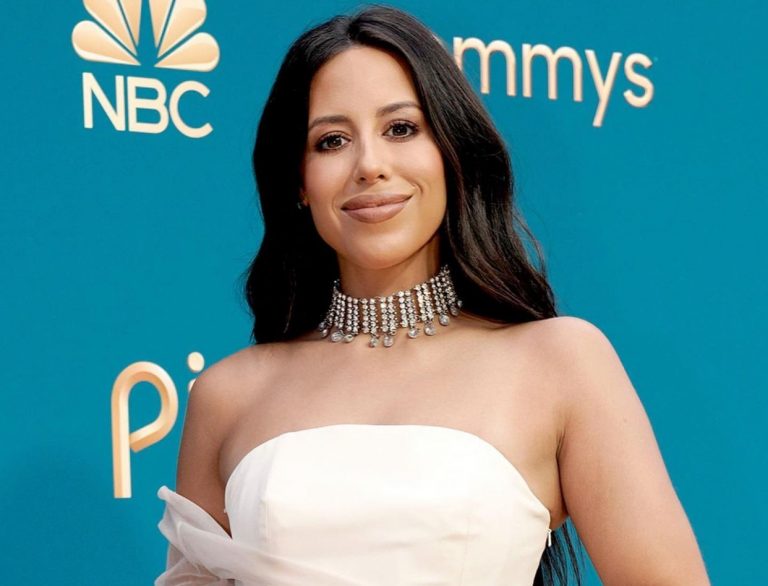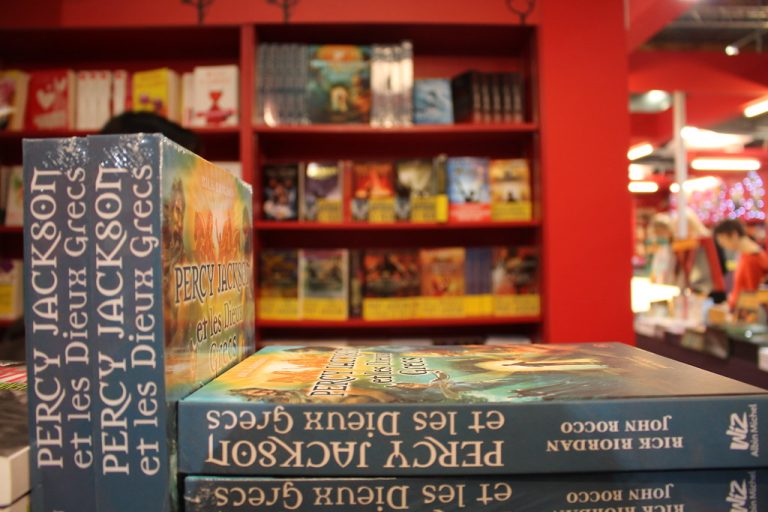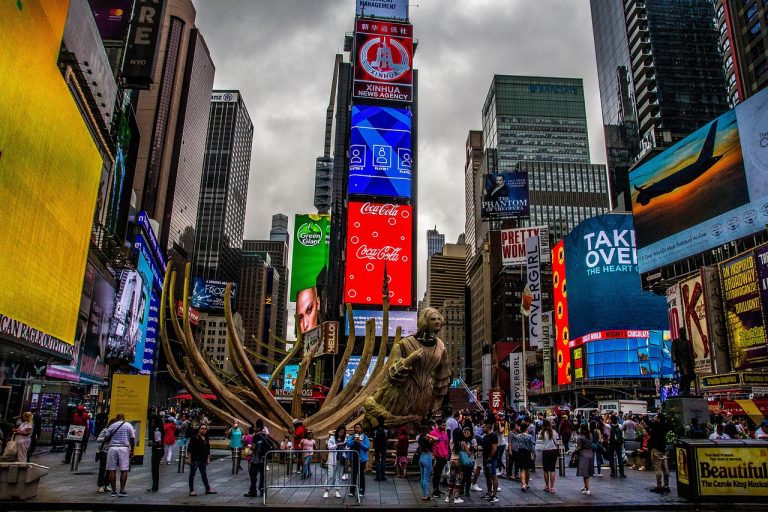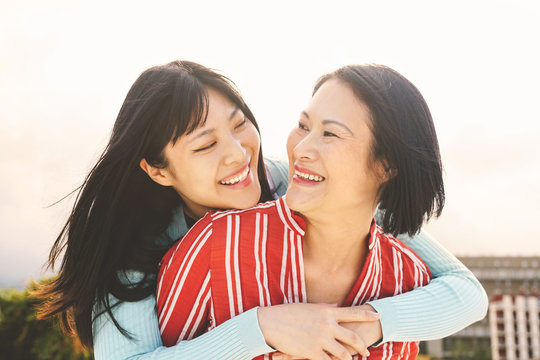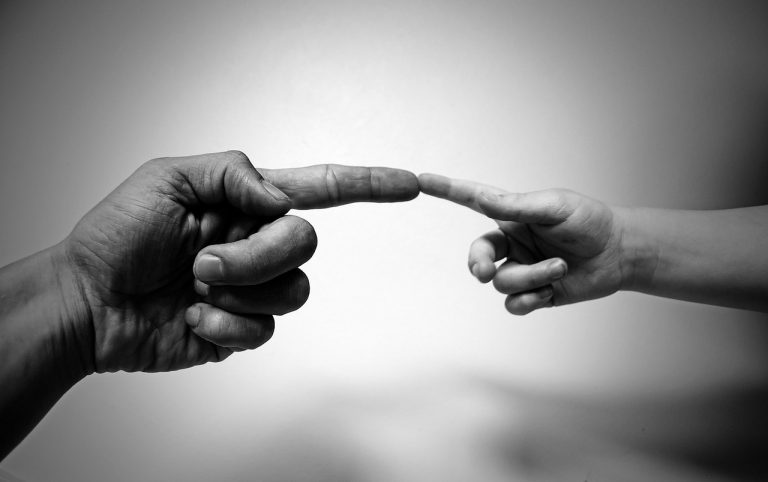How Have Romantic Relationships and Multiracial Diversity Changed Since Loving v. Virginia?
On June 12, 1967, the United States legalized interracial marriages in the Loving v. Virginia court case. Named after the interracial couple Mildred and Richard Loving, a Black woman and white man who fought for their right to be married, Loving Day is recognized every June 12 to celebrate the right to marry regardless of race. The United States has seen a significant change in the demographics of romantic relationships and multiracial people since the court ruling just 55 years ago.
How common are interracial couples?
In 1970, three years after Loving v. Virginia, less than 1% of all marriages in the United States were interracial. In 2000, that percentage was 7%, and by 2015 it had jumped to over 10%.
Despite the dramatic increases, people of every racial group are still more likely to marry within their race than out. Native Americans are the only exception: 58% of newlywed Native Americans in 2013 married someone of a different race.
Conversely, white people are the least likely to marry out of their race. Only 7% of white newlyweds in 2013 intermarried. However, because they are the majority race, they are the race most commonly found in interracial married couples. The most common intermarriages are between white and Hispanic people, making up 42% of interracial marriages, followed by white and Asian people (15%) and white and Black people (11%).
Interracial marriage is more common among younger people. Even in 1980, only 5% of newlyweds over 50 married someone of a different race. By 2015, that percentage had increased to 13%, but it is still the lowest of all age groups. Of newlywed groups aged 15 to 29 and 40 to 49, 16% of both married interracially. This percentage reaches 18% for newlyweds aged 30-39.
All of these data primarily focus on heterosexual relationships since they predate the legalization of same-sex marriage in the United States.
Research that focuses explicitly on same-sex couples shows they are more likely to date interracially than different-sex couples. In 2010, almost 21% of same-sex couples were interracial, while 18.5% of different-sex, cohabiting but unmarried couples, and 9.5% of different-sex married couples were interracial.
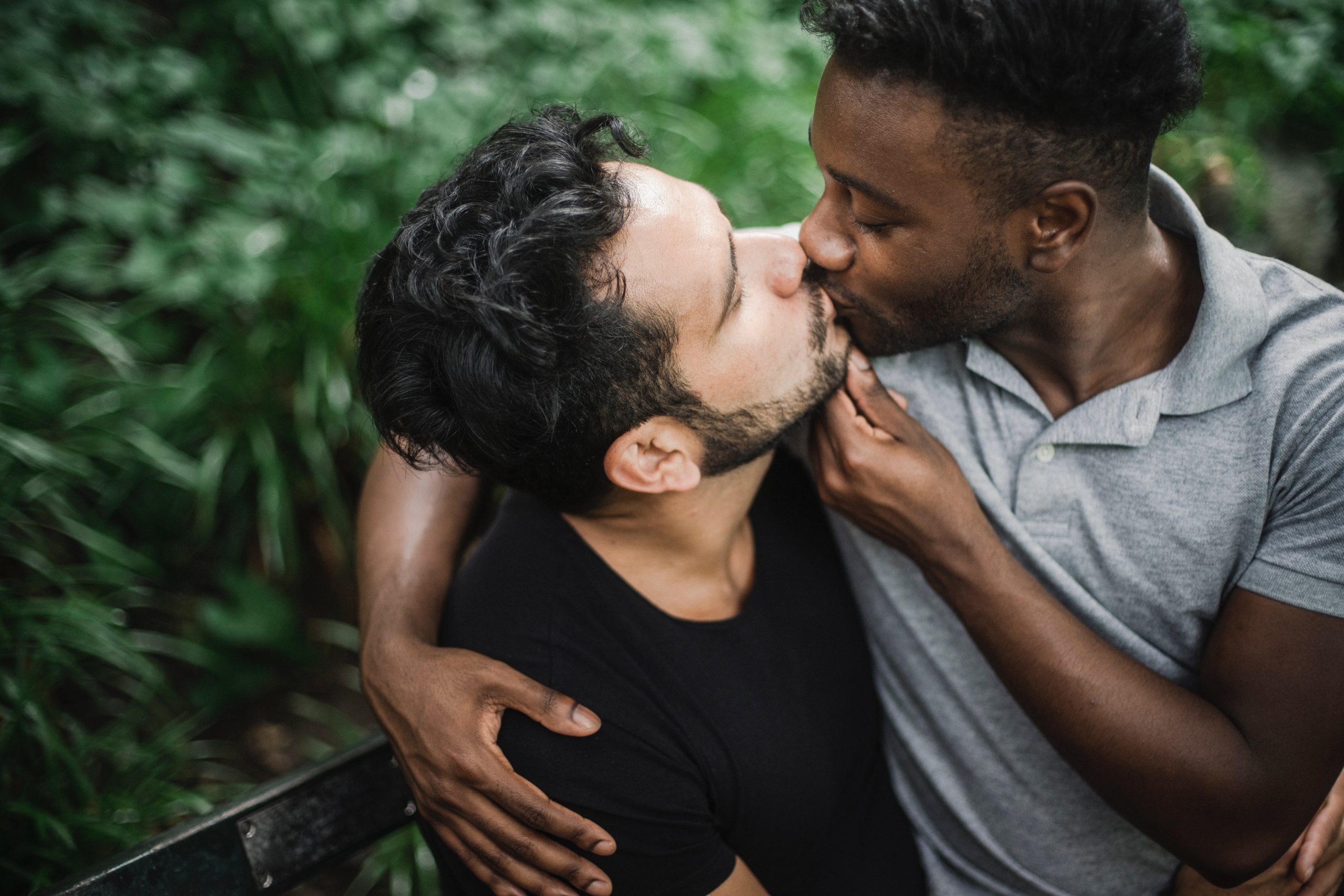
How has the increase in interracial couples affected the multiracial population?
As interracial marriage rates grow, it is no surprise that the multiracial population has grown with it. The multiracial population is the fastest growing youth group, having increased by 50% between 2000 and 2011. In 2015, 14% of infants in the United States were multiracial, triple that of the 5% in 1980.
In 2015, about 7% of American adults identified as multiracial. The actual multiracial population, however, is probably much bigger; only 40% of multiracial adults identify as such. Since checking more than one race on the census became an option in 2000, more and more multiracial Americans are identifying as such. The 2020 census found a 276% increase in the multiracial population since the previous census in 2010.
In keeping with the interracial marriage demographics, the most common mix of multiracial people is white and Native American. Next are white and Black biracial people, who more than doubled between 2000 and 2010, and white and Asian biracial people, who increased by 87% in the same time frame.
Multiracial people are also more likely to marry or cohabit with other multiracial people. Compared to just 2% of adults among the general public, 12% of multiracial people have a multiracial partner.
Attitudes towards interracial couples
As interracial couples have become more common, more people have become accepting of dating and marrying outside of one’s race. In 1958, almost a decade before the Loving v. Virginia case, only 4% of Americans approved of interracial marriage. This number went up to 20% after Loving v. Virginia, but it was not until 1997 that it had majority approval. As of 2021, interracial marriage has the most support it has ever had in the United States at 94%.
Interracial couples have always been more accepted by youth than by older people. In 1987, 36% of those born before 1949 approved of interracial couples, while 67% of that same group approved in 2009.
Like everything else, the media has a significant influence on how society views things. The increasing visibility of interracial couples in TV and media has helped improve people’s attitudes towards them. Multiple studies have shown that increased exposure to interracial relationships helps people become more accepting of diversity in real life.

